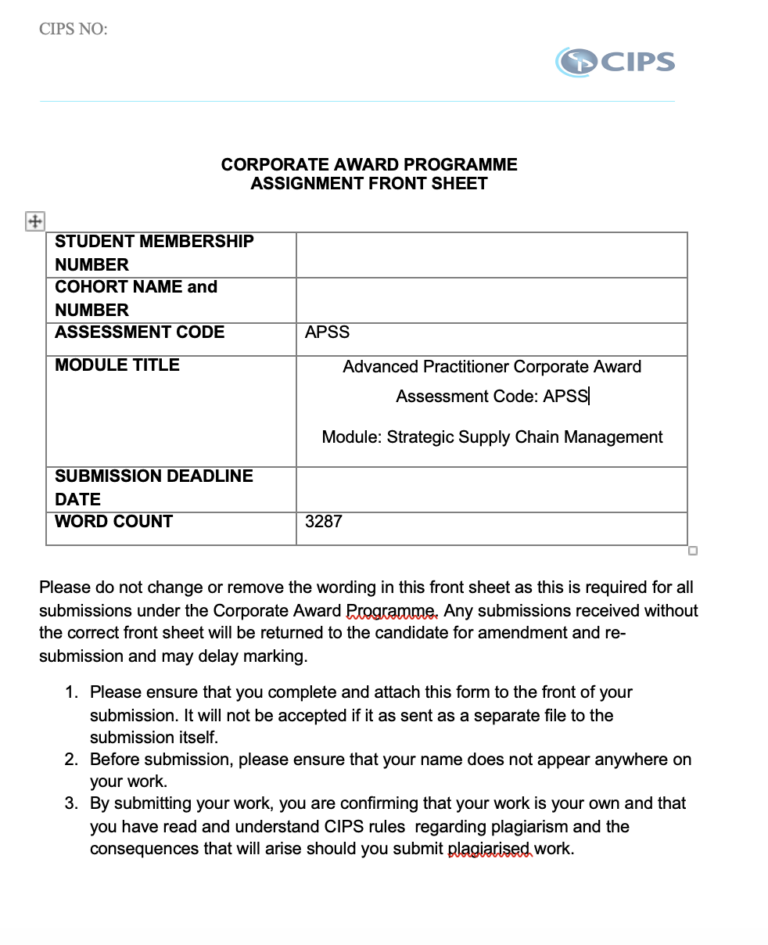Description
Solution
Email 6: 3.2 Legal Requirements for Redundancy Process
As you consider implementing the reorganisation within your directorate, it is essential to fully understand the legal requirements surrounding redundancy.
1. Identification of Reasons for Redundancy
Redundancy can be defined as situations where posts are no longer needed for one reason or another for instance closure of a business, downsizing or diminutive of the organization’s requirements for employees. As for redundancy, the most predominate act of law is the Trade Union and Labour Relations (Consolidation) Act of 1992, referred to as TULRCA. TULRCA 1992 provides clear guidance such as eligibility for redundancy and process pointing out that the reason for redundancy is must be valid, non-discriminatory, and objectively justified (Bakermckenzie, 2025).
2. Stages in the Process
The redundancy process involves several key stages:
Selection for Redundancy: This is because it is based on such factors as merit and fitness (skill, experience and performance). It must also not favour one party over the other, in other words it has to be impartial. Larger redundancy situations Applying this provision where the proposed dismissal relates to 20 or more employees, other regulations under TULRCA 1992 with regard to collective consultation with unions or employee representatives apply (Bakermckenzie, 2025).
Consultation: Employers have to consult the employees who will be affected or their representatives. These include detailing why redundancy is necessary, looking at options and potential solutions to this (like a transfer).
Notice and Redundancy Pay: Proper notice should be provided to the employees before redundancy comes into operation depending on the years of service. They are also redeemable for redundancy and for this they are paid according to their age, contract duration, and weekly wages (Gov.Uk, 2024).
3. Information on Consultation Requirements
Consultation is a legal requirement under TULRCA 1992. Where 20 or more redundancies occur within a 90-day period,…
Please click herein to access this assessment in full
Related Papers
(Solution) CIPD Level 7 Provide an introduction to your research project, outlining why it is a significant topic to address
(Solution) CIPD Avado 5HR02: Talent Management and Workforce Planning
(Solution) CIPS ADNOC APGCM Module: Contract & Category Management in P&S
- Implement one AI-driven analytics platform by Q4 2024, integrating with existing systems and training staff to enhance forecasting accuracy and negotiate a 10% reduction in supplier costs, led by the IT, procurement, and finance departments. Despite potential initial costs and staff adaptation challenges, this initiative aims to achieve a 15% increase in forecasting accuracy.
- Fully deploy advanced supply chain management software by Q2 2025, partnering with a leading provider and training teams to reduce disruptions by 20%, thus increasing overall supply chain efficiency by 5%. This effort involves collaboration between supply chain management, IT, and vendor management teams, despite initial disruptions and high upfront costs.
- Establish a cross-functional compliance team by Q3 2024 to develop three new policies annually, ensuring 100% compliance with regulations and enhancing reputation metrics by 15%. Led by legal, compliance, and HR departments, this initiative aims to overcome resistance to policy changes and resource-intensive monitoring efforts.
- Implement three financial instruments (futures, options, currency swaps) by Q3 2024, collaborating with financial experts to reduce financial risks by 20% and achieve a 10% increase in financial stability. This effort, led by finance, risk management, and external advisors, addresses potential challenges in market volatility and regulatory constraints.
- Engage multiple suppliers and form five strategic partnerships by Q4 2024, increasing supplier diversity by 30% and improving supply chain reliability metrics by 10%. Led by procurement, vendor management, and supply chain analysts, this initiative aims to mitigate dependency risks and manage supplier relationships effectively. Potential challenges include maintaining consistency in product/service quality across diverse suppliers and increased administrative burden in managing multiple partnerships.
- Conduct market and competitor analyses twice a year starting Q3 2024, aiming to increase procurement cost savings by 15% through better negotiation strategies and timely market insights. This effort, involving procurement, and strategy departments, addresses challenges in data availability and competitive analysis capabilities. Potential challenges include delays in obtaining and analysing market data and difficulty in predicting competitive moves accurately.
(Solution) CIPD 5HR03 role of people practice in supporting line managers to make consistent and appropriate reward judgements. (AC 3.2)
(Solution) Oakwood Assessment ID / CIPD_3CO04_24_01 3CO04 Essentials of people practice
(Solution) CIPS Strategic Supply Chain Management APSS
- The supply chain mapping for an organisation spend category is influenced by several elements, among them environmental scanning to identify the micro and macro factors.
- Other aspects considered in the mapping are the facilities, location, and time.
- In the implementation process, it involves making suitable changes and adding value to the process.
- Drawing from the STEEPLE, Porter’s five forces, SWOT analysis, and Kraljic matrix, some of the key elements are the relationship with the vendors, consideration of various competitors, and ensuring customised category of spend.
- Quality and timely delivery of the spend category is also an important consideration area.



